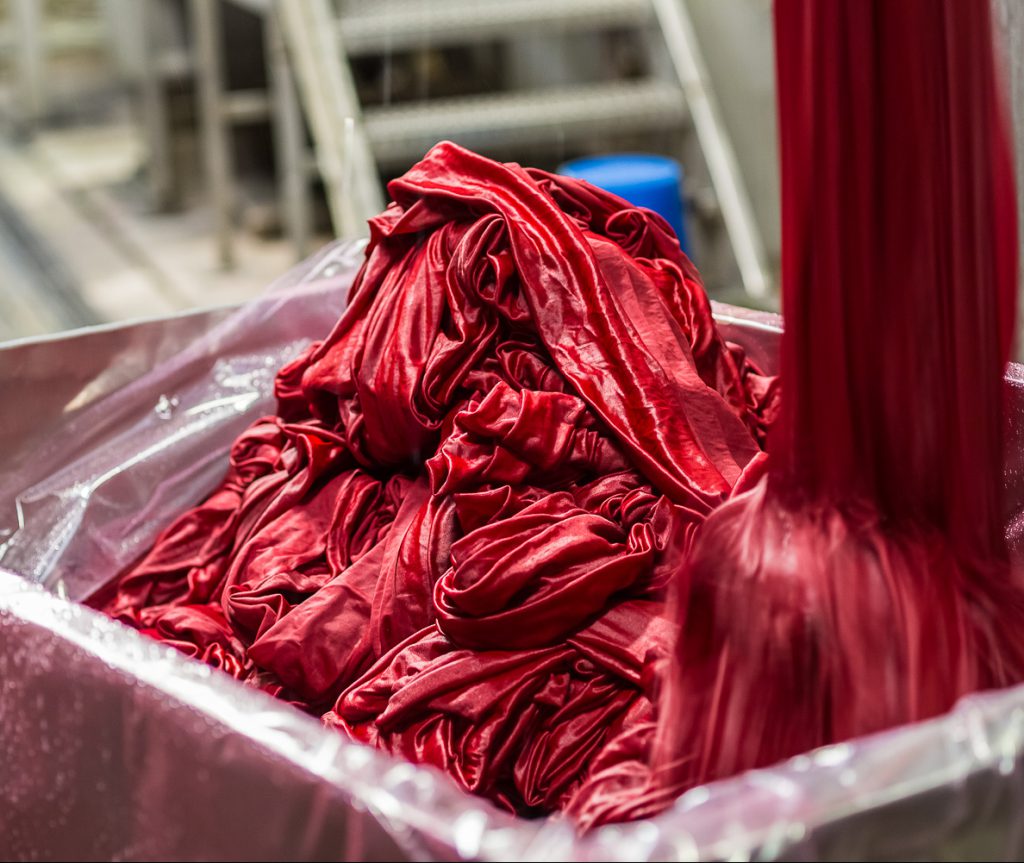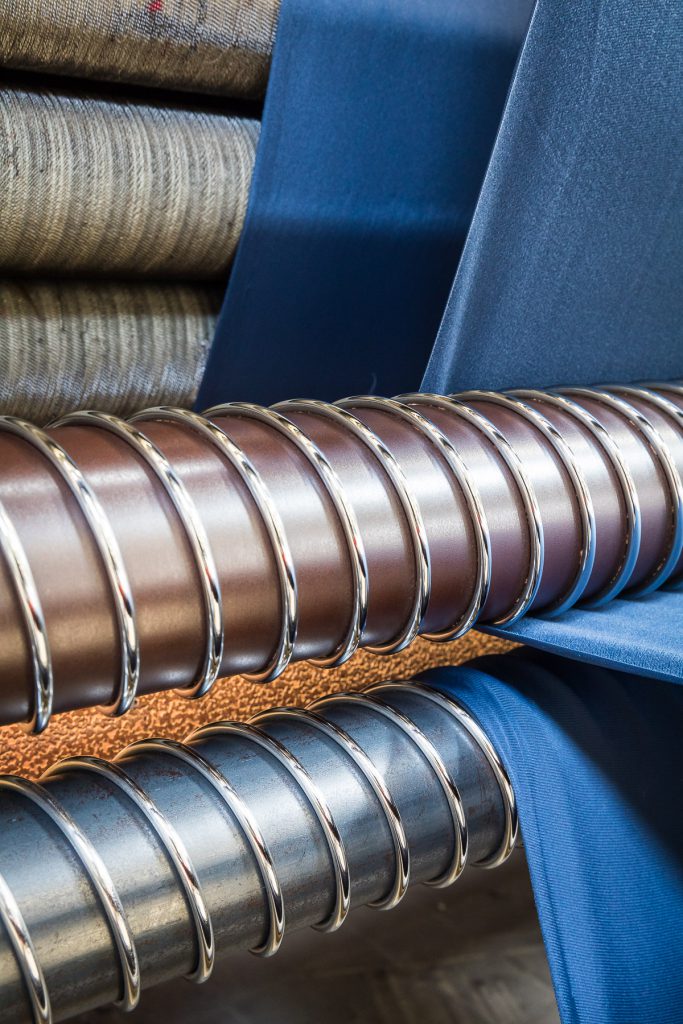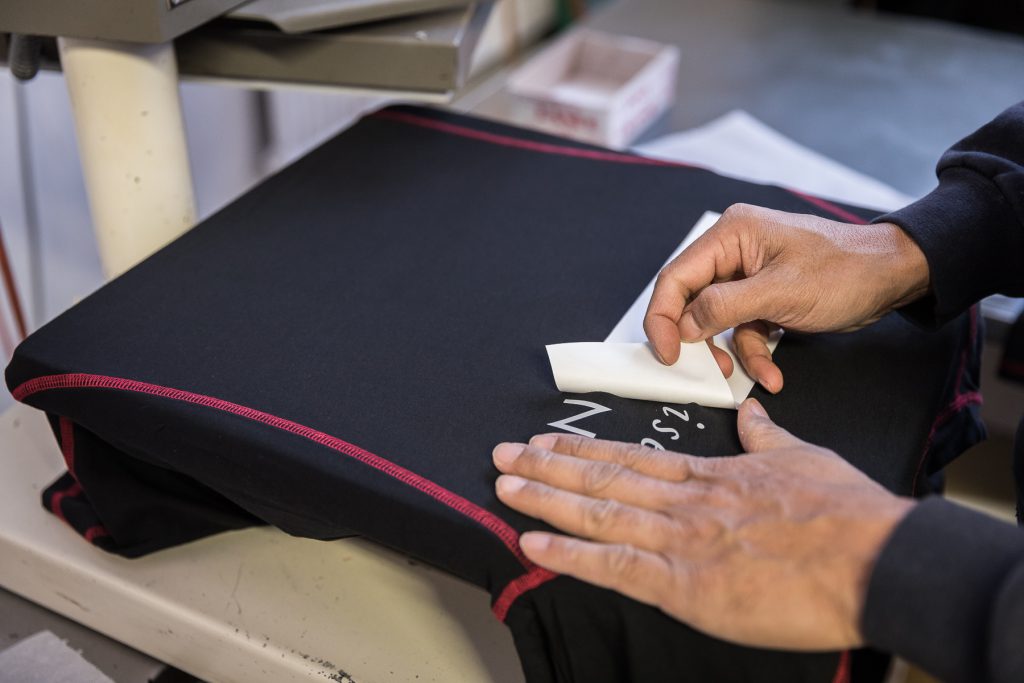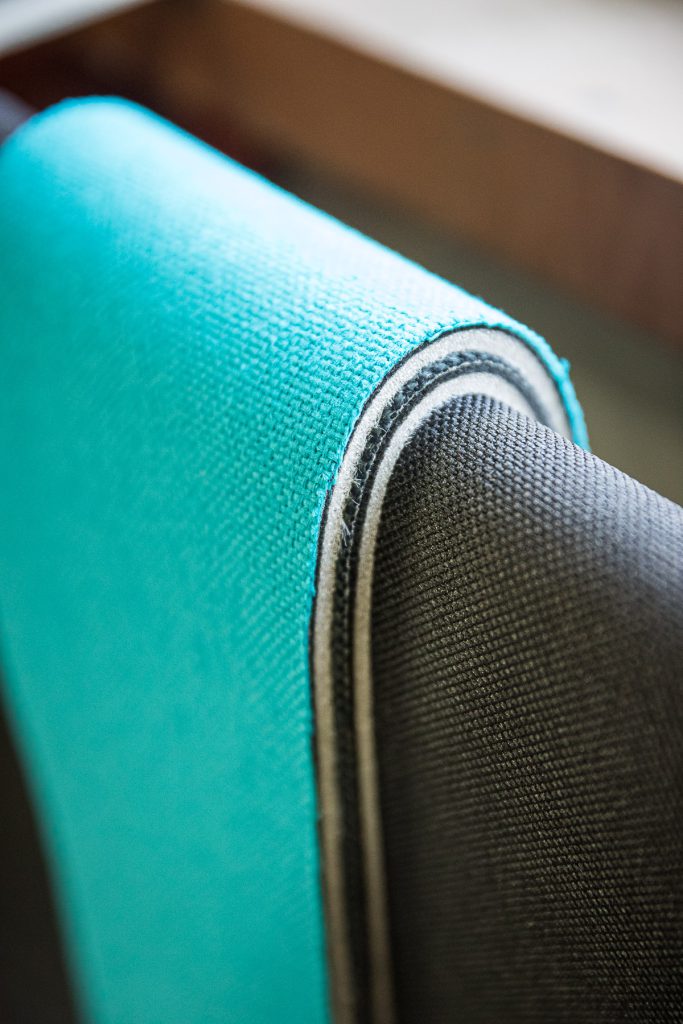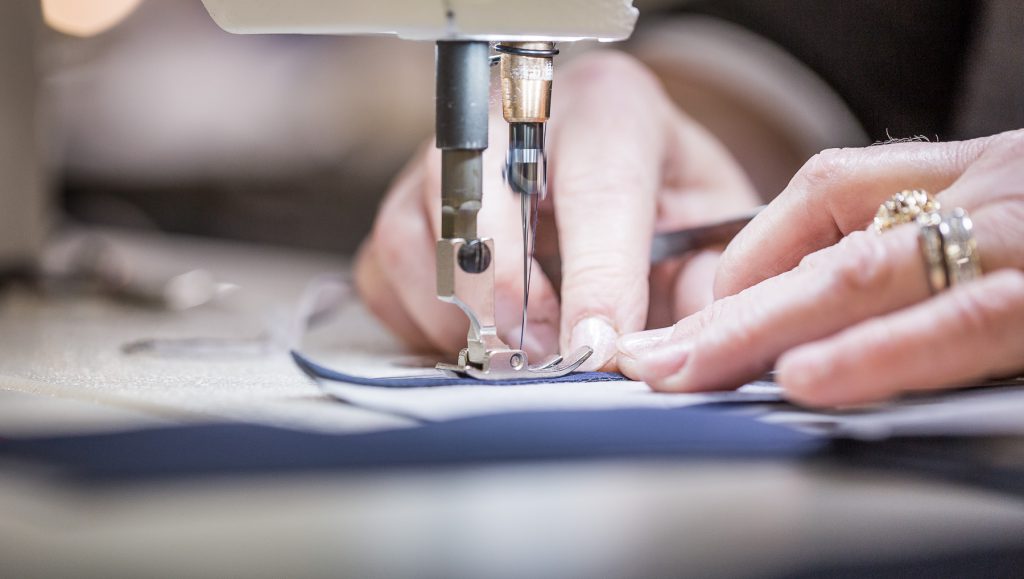Pre-traitements
Their purpose to eliminate substances or waste naturally present on the fiber in order to best prepare it for dyeing, spinning, weaving or knitting.
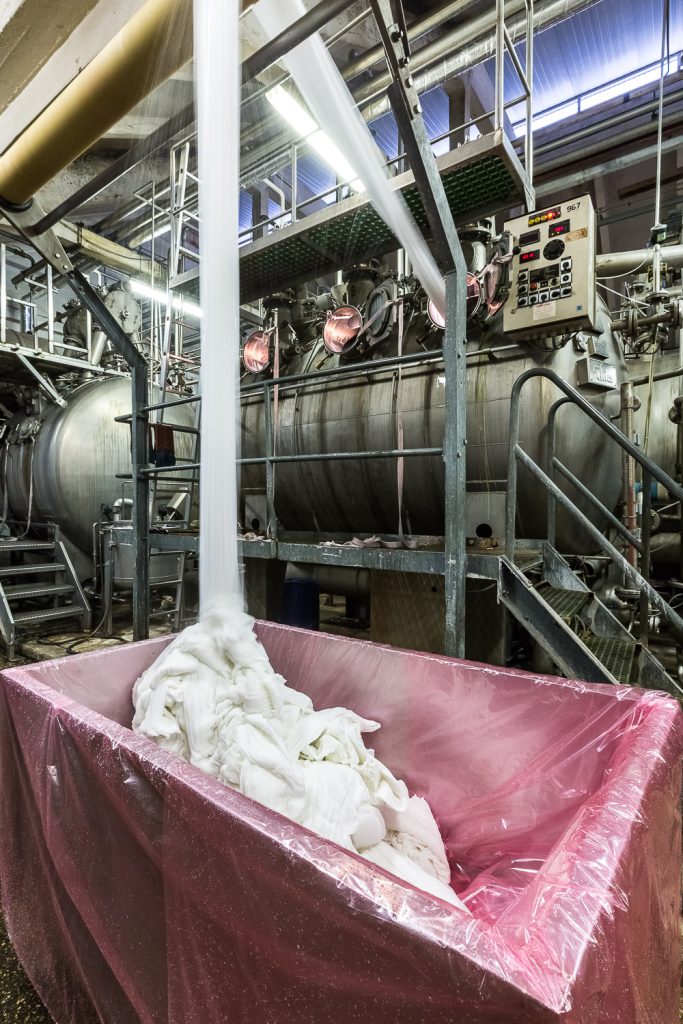
Differents pretraitement
Bleaching
Application of bleaches on natural fibers. This step is essential to have light or bright colored dyes. Synthetic and artificial fibers are pure and white after spinning, they do not require bleaching.
Boiling off
Removal of natural waxes and pectins contained in the cotton thanks to an alkaline solution. This step makes the cotton hydrophilic.
Wash
Starch-free sizing removal.
Degumming or scouring
Elimination of sandstone (slime produced by silkworms during the production of the cocoon).
Singing or grating
Removal of the fibre fluff on the surface of the textile or cotton yarn by heat. This technique reduces pilling.
Pre-setting
Stabilization of synthetic textiles by the action of heat. Allows to reduce the formation of wrinkles during the dyeing cycle. For this process, stenters or heating cylinders are used. Can cause yellowing and loss of elasticity.
Degreasing
Removal of grease traces from natural animal fibers by heat treatment. For this purpose, a solvent, a basic solution or surface-active are used.
Enzymatic treatment
Application of an enzymatic treatment (of natural origin) by wet way on the cellulosic fibers in order to solubilize the pectin which reads the fibers, and thus to refine them. The goal is to obtain a finer yarn.
Oiling
Introduction of oil into the wool to help the fibers slide during carding and combing.
Blueing
Application of a dye (often buish) to make the fabric whiter.
Sizing
Application of starch on the warp yarns, the sizing allows to stiffen the yarns in order to facilitate the weaving and to limit the breakages. This practice is only used for natural fibers.
Desizing
Elimination of the sizing thanks to an enzyme, it is put in place in full bath or with the impregnation pad.
Waxing
Application of wax on the yarns before knitting in order to allow a better glide in the knitting machine, to limit friction and consequently yarn breakage.
Mercerisation
Transformation of the morphology of the cotton fiber into round fiber by the action of caustic soda. This allows to obtain darker colors and to have a more shiny and resistant fiber.
Carbonizing
Removal of plant debris from wool flocks by dipping them in sulfuric acid.
